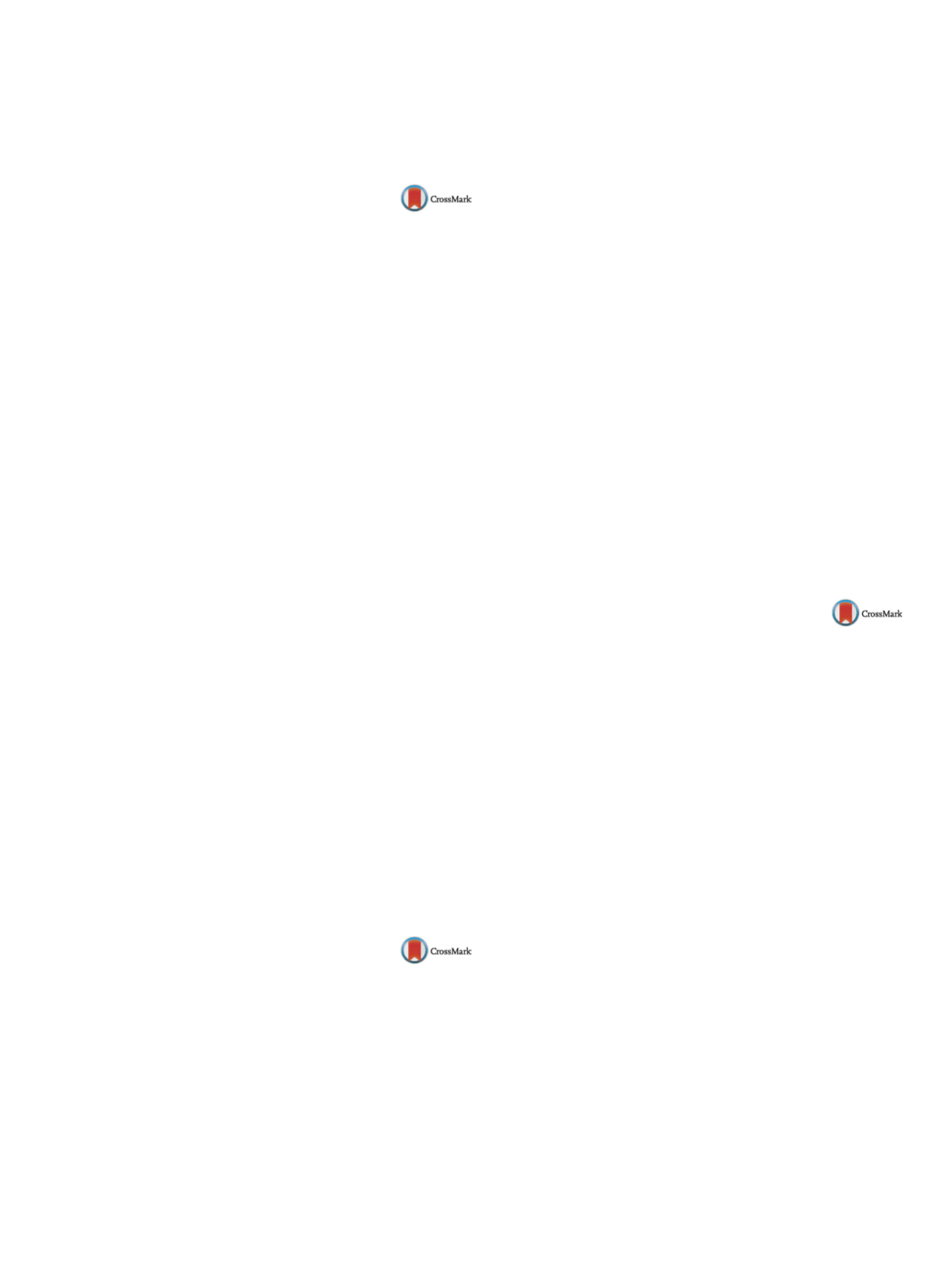

25th European Congress of Psychiatry / European Psychiatry 41S (2017) S847–S910
S893
Disclosure of interest
The authors have not supplied their decla-
ration of competing interest.
http://dx.doi.org/10.1016/j.eurpsy.2017.01.1816EV1487
Clinical and psychological
characteristics of patients with
suicidal thoughts during prolonged
depressive and anxiety disorders and
their therapeutic correction
B. Tsygankov
∗
, S. Surnina
Moscow State Medical Dental University, Department of Psychiatry,
Narcology and Psychotherapy, Moscow, Russia
∗
Corresponding author.
Introduction
This is an extremely important problem of deter-
mining clinical-psychological and personality-typological char-
acteristics of patients with suicidal intentions. In the complex
therapeutic correction of suicidal behavior, there is almost no use of
such psychotherapy method as katathym imaginative psychother-
apy (KIP).
Objective
Study of clinical-psychological and personal-
typological peculiarities and development of an optimal adaptation
of KIP for the treatment of patients with suicidal thoughts.
Methods
The study was included 52 patients with anxiety-
depressive disorder and suicidal intentions; was used K. Leongard
questionnaire, SCL-90-R, SR-45, J. Vagin questionnaire of suicidal
motivation.
Results
The investigated patients were divided into three groups
with acute reaction on stress, personality disorder and schizotypal
disorder. The first group has revealed the predominance of instru-
mental, anemic, anesthetic motivation, emotive and anxiety types
of accentuation and high level of suicidal readiness. The second
has identified anesthetic motivation, anxiety and cyclothymia type
of accentuation with a moderate level of suicidal readiness. The
third group included patients with symptoms of anemicmotivation
suicidal motivation, anxiety type of accentuation and a high level
of suicidal readiness. The reduction of psychopathological symp-
toms in patients of the first group occurred in a shorter period of
18.0
±
2.1 days, compared with the second – 25.0
±
5.6 days, and
the third group – 21.2
±
2.1 days.
Conclusion
In the main group, the highest suicide rates were in
patients with anemic, anesthetic and motivation and anxiety type
accentuation. Patients of the first group showed the best response
to a comprehensive pharmacological and psychotherapeutic treat-
ment.
Disclosure of interest
The authors have not supplied their decla-
ration of competing interest.
http://dx.doi.org/10.1016/j.eurpsy.2017.01.1817EV1488
The confrontation of those who
remain: Qualitative reports of
relatives about 3 cases of suicide in a
small city in the Northeast Brazil
R.M.C. Sena
1 , J. Izidoro Jr
2 , D.A.R. Silva
1 , E.R. Turato
1 ,∗
1
UNICAMP, State University of Campinas, LPCQ, Laboratory of
Clinical-Qualitative Research, Campinas, Brazil
2
Municipal Health, Municipal Health Secretary of Pau dos Ferros, RN,
Pau dos Ferros RN, Brazil
∗
Corresponding author.
Introduction
Suicide is serious public health problem. In Brazil,
suicides are more frequent in countryside and small cities.
Objective
To understand how informants have confronted emo-
tionally the suicide at home by listening to viewpoints reported by
such relatives of the deceased.
Method
Qualitative, exploratory design, conducted in a basic
health unit area, in “Pau dos Ferros”, a city with 30,000 inhabitants,
State of Rio Grande do Norte (RN), Brazil. Sample constructed by
technique of “snowball”, in which the health teampresented us the
first family, whosemember informed about the following; and this,
the third one. Data collection through semi-directed interviews
with open-ended questions in depth, and submitted to thematic
analysis.
Results
Individuals from relatives who had family bond with the
suicidal people were interviewed. From analysis of transcribed
interviews, three categories emerged:
– “she has never demonstrated” – possible non-perception of
potential suicidal behavior by the family;
– “I got crazy” – feelings of relatives facing a hard scene of suicide
and determined cultural questionings;
– “we have no professional support in following days” – absence of
psychosocial support and healthcare problems.
Conclusions
Possible mood oscillations from suicidal persons
were masked by opposite emotional reactions of themselves,
and/or oscillations were denied by the observers. Suicide scene
seems to have provoked feelings of helplessness and guilt for
relatives in not being able to avoid the dramatic act. Feelings of dis-
comfort occurred facing curiosity from many persons who would
raise uncomfortable assumptions about suicidal motivations. Fam-
ily members complained about lack of more effective psychosocial
care.
Disclosure of interest
The authors have not supplied their decla-
ration of competing interest.
http://dx.doi.org/10.1016/j.eurpsy.2017.01.1818EV1489
Predicting suicidal behavior by an
accurate monitoring of RNA editing
biomarkers in blood samples
D. Weissmann
∗
, B. Vire , S. Van der Laan , N. Salvetat , S. Pointet ,
Y. Lannay , G. Marcellin , F. Molina
Alcediag/Sys2Diag, R&D, Montpellier Cedex 4, France
∗
Corresponding author.
Introduction
Predicting suicidal behaviors is one of the most
complex challenges of daily psychiatric practices. Alterations of
RNA editing of neurotransmitter receptors and other proteins have
been shown to be involved in etiology of different psychiatric dis-
orders and linked to suicidal behavior. Additionally, an increase in
expression levels of ADARs, the RNA editing enzymes, has also been
observed.
Objective
The objective of the present study was to test whether
modifications in RNA editing profile of prime targets allow iden-
tifying disease-relevant blood biomarkers and evaluating suicide
risk in patients.
Methods
A clinical study was performed to identify an RNA edit-
ing signature in blood of depressed patients with and without
history of suicide attempts. Patient’s samples were drawn in PAX-
gene tubes and analyzed on Alcediag’s proprietary RNA editing
platform using NGS. In addition, gene expression analysis by quan-
titative PCR was performed.
Results
We generated a predictive algorithm comprising various
selected biomarkers to detect patients with a high risk to attempt
suicide. We evaluated the diagnostic performance using the rela-
tive proportion of the phosphodiesterase 8A (PDE8A) mRNA editing
at different sites as well as the expression of PDE8A and the ADARs.
The significance of these biomarkers for suicidality was evaluated
using the receiver–operating characteristic (ROC) curve. The gen-
erated algorithm comprising the biomarkers was found to have
strong diagnostic performances with high specificity and sensitiv-
ity.


















